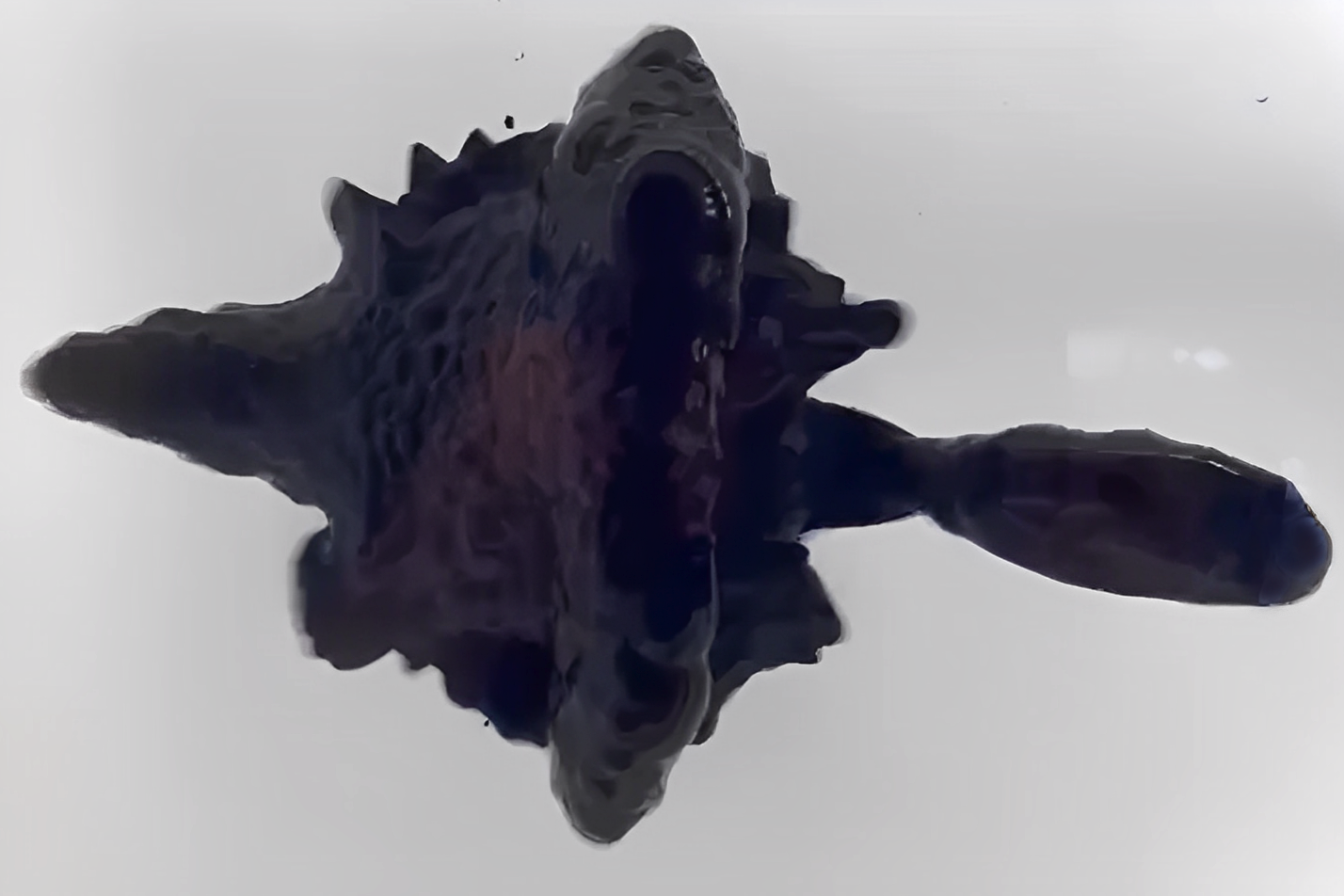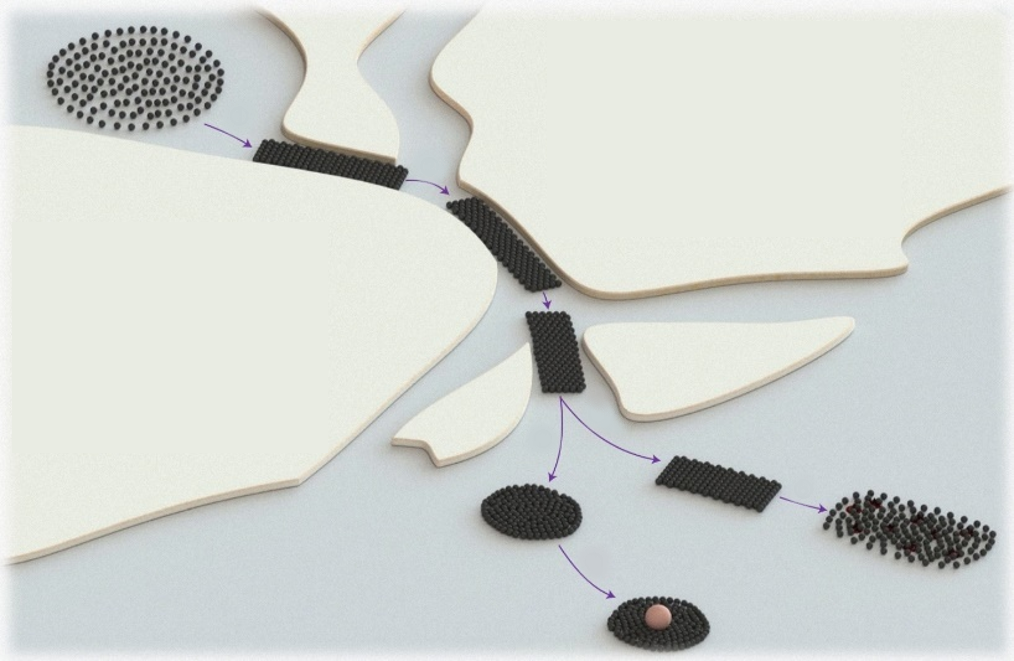English
繁體中文
简体中文

Don’t mistakenly regard this tiny wriggler as a blood worm – it is a revolutionary microrobot, crafted from a patient’s own blood cells and finer than a human hair, designed to navigate through the brain’s complex neural labyrinth with astonishing precision. Far from a sci-fi creature, CUHK’s innovative microrobots don’t just move – they slither, swim and crawl under magnetic control, hunting down cancer cells like guided missiles. Remotely steered by external magnetic fields, they deliver targeted therapy to brain tumours once considered untreatable, offering new hope where conventional methods fall short.

Venom may be one of Spider-Man’s greatest nemeses, but the alien symbiote who can stretch and deform itself has inspired scientists to create soft robots that could transform numerous aspects of medical care, from targeted drug delivery to minimally invasive surgery. Professor Zhang Li from CUHK decided to channel Venom’s superpowers into building soft robots based on ferrofluids and a new silicone elastomer, which can be deformed in ever more complex ways, making them capable of a growing range of functions within the human body.

In a flower garden, we have army of honeybees that swarm to defend enemies; in a tortuous human lumen, we have army of microrobots that swarm to carry drugs that attack maladies. CUHK engineering professors have devised an avant-garde AI system that lets these microrobots navigate like bees and change shape inside complex environments like human bodies.